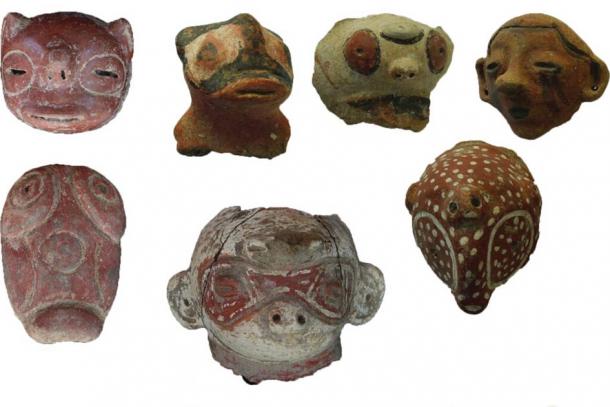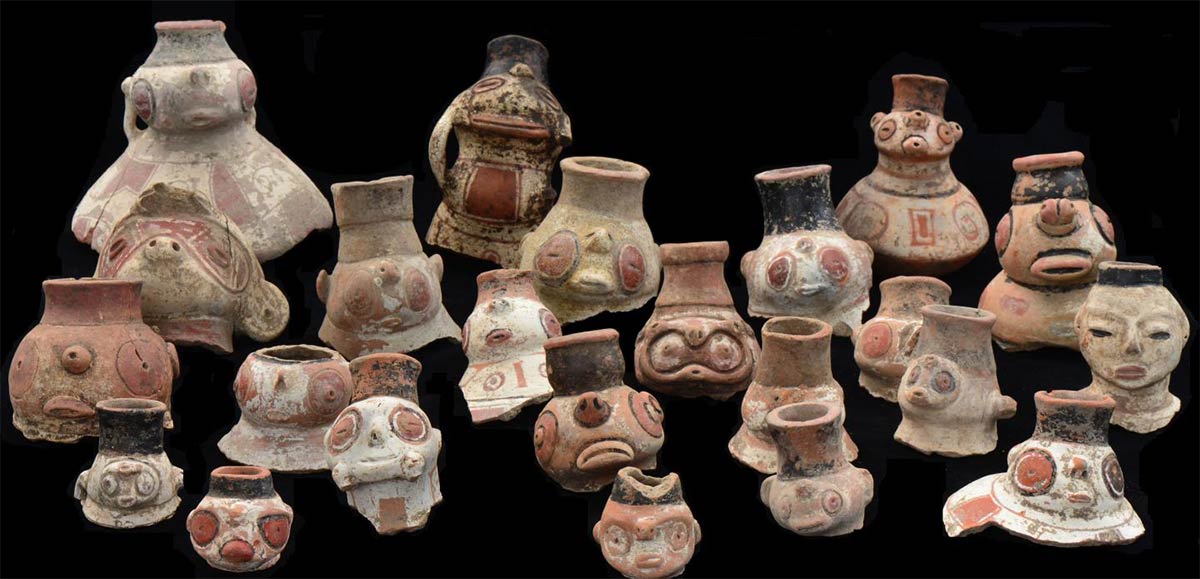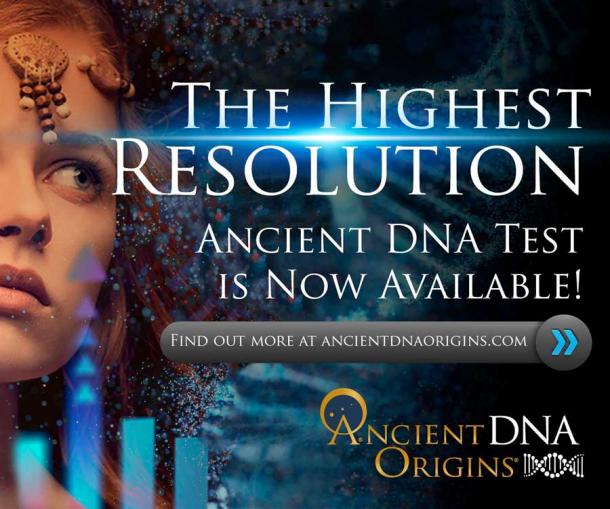DNA Study Rewrites Caribbean Population History
In 1492 AD, Christopher Columbus famously sailed across the Atlantic and landed in the Americas. He and his men were the first Europeans to wash up in the Bahamas, Hispaniola (Dominican Republic and Haiti) and eastern Cuba. On his return to Spain, the controversial explorer reported that the Caribbean was a land of gold laden islands. His brother, Bartholomew, later returned to the Americas and identified Hispaniola’s land and indigenous people as potentially profitable for the Spanish crown. Bartholomew estimated about 1.1 million people lived on Hispaniola, but modern scholars have generally used the range of 250,000 to a million people. However, the actual Caribbean aboriginal population is now known based on a new Caribbean DNA study published in the journal Nature, which fuses decades of archaeological work with cutting edge genetic technology. This breakthrough study shows that the local population before the arrival of the Spanish was much lower and far less heterogenous than thought.

The recent Caribbean DNA study focuses on the original peoples of the region including the original peoples of Cuba who lived in huts like this before the Spanish arrived. (loga25 / Adobe Stock)
Caribbean DNA Study Challenges Spanish Assumptions
Professor David Reich of the Harvard Medical School led a team of researchers who analyzed “the genomes of 263 individuals,” representing the largest ever study of ancient human DNA in the Americas. The Caribbean DNA study concluded that the Caribbean had been settled by two major migratory waves of highly mobile people, separated by thousands of years. However, according to an article by the Florida Museum of Natural History, on their way to this conclusion, the researchers developed a new genetic technique for estimating the island’s past population size, prior to the first Spanish landings.
When the first Europeans arrived, the number of people living in the Caribbean was far smaller than the 1.1 million reported by Columbus’ brother Bartholomew. Professor of Archaeology, William Keegan, from the Florida Museum of Natural History, was co-senior author of the new study and he told The New York Times that this study of ancient DNA moves the academic understanding of the Caribbean’s history forward “dramatically in one fell swoop.”

The Caribbean Ceramic Age people had a different genetic profile, most similar to Arawak-speaking groups in northeast South America, and this is the type of pottery they created. (Harvard Gazette / Harvard University)
Two Ancient Waves Of Caribbean DNA
The new genetic evidence offers insights into the early peopling of the Caribbean and suggests that the islands' first inhabitants were “a group of stone tool-users who had boated to Cuba about 6,000 years ago.” These first inhabitants expanded eastward and populated other smaller islands during the region's Archaic Age. The study determined that they had closer genetic links with people from Central and South America, compared to the ancient DNA from North American Indian cultures. And further cementing this origins story, artifacts found in Belize and Cuba also suggest they had a Central American origin.
- Port Royal and the Real Pirates of the Caribbean
- Caribbean Sea Makes Mysterious Whistle Sound that Can Be Heard from Space
- DNA Studies Reveals True Origins of First Inhabitants of the Caribbean
The second ancient pathway into the Caribbean was forged 2,500-3,000 years ago by groups of migrating farmers. The paper says these people were related to the Arawak speakers of northeast South America who had paddled the fingers of South America's Orinoco River Basin from the interior to coastal Venezuela, then northwards into the Caribbean Sea. After settling on Puerto Rico these explorers travelled westward beginning the region's Ceramic Age, which is defined by these farmers’ agricultural methods and style of pottery.

Combined archaeological research and ancient DNA technology used in the recent Caribbean DNA study looked at ancient ceramics like this piece from 1200-1500 AD from the present-day Dominican Republic. The frog figure on this ceramic piece is associated with the goddess of fertility in the Arawak-Taino culture. (Kristen Grace / Florida Museum of Natural History)
The New Caribbean DNA Study Also Relied On Ceramic Evidence
Before this new study was published there had always been unclarity regarding the various styles of pottery discovered in the Caribbean, each of which was associated with later migration waves. However, the newly gained genetic information finally determines that all the fragments of ancient pottery found in the region were “created by one group of people over time.”
Another aspect of the study analyzed the X chromosomes from “19 pairs of genetic cousins” who had all lived on different islands but were separated by several generations. For example, the DNA from a man buried in the Bahamas was matched with another man discovered “600 miles away in the Dominican Republic,” according to the paper. Dr Reich wrote that finding such “a high proportion of genetic cousins in a sample of fewer than 100 men is another indicator that the region's total population size was small.”
The researchers concluded that only about “10,000 to 50,000 people were living on two of the Caribbean's largest islands, Hispaniola and Puerto Rico, shortly before European arrival.” Dr Reich holds back no punches in describing the Spanish landings in the Caribbean and he called them the beginning of “a systematic program of cultural erasure.” Furthermore, he reminds us that just because the 1.1 million number given by Bartholomew is in reality closer to tens of thousands, that the cultural erasure is no less significant.
Top image: Some archaeologists pointed to dramatic shifts in Caribbean pottery styles as evidence of new migrations. But the Caribbean DNA study shows all of the styles were created by one group of people over time. These effigy vessels belong to the Saladoid pottery type, ornate and difficult to shape. Source: Corinne Hofman and Menno Hoogland / Florida Museum of Natural History
By Ashley Cowie



















Comments
What about all these bodies found in cenotes that we are told are 20,000 years old?
I personally believe that early inhabitants were really ugly people that looked just like those ceramics.
So for decades archeologist have suggested that there were waves of migration from the American mainland on to the Caribbean islands based on variations of pottery. But with Genetic research it appears that there was only one wave of immagration from a particular region of the mainland & the changes of pottery styles simply reflect the changes of outlook of the same culture or variations among different tribes of the same people. Kind of like the 3 variations of Greek columns: Doric, Ionic & Corinthian. These 3 styles indicated variations of construction within the same civilization rather than representing 3 different cultures.